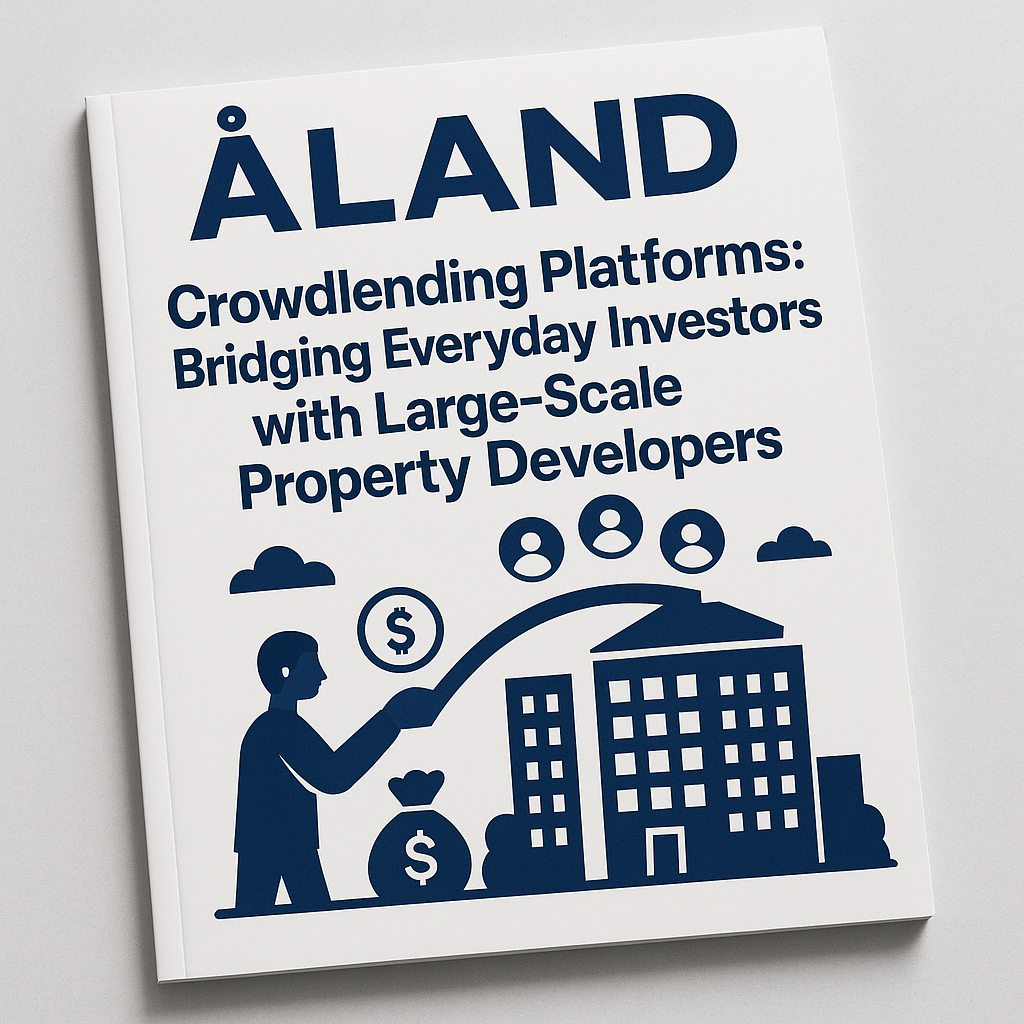Crowdlending Platforms: Bridging Everyday Investors with Large-Scale Property Developers
- Published Date: 18th Aug, 2025
-
4.9★ ★ ★ ★ ★(93)

Crowdlending platforms are transforming how property development is financed by linking individual investors with large-scale projects that once required institutional backing. This shift reflects a broader democratization of capital flows, where retail investors gain access to opportunities traditionally reserved for private equity firms and large funds.
Dr. Pooyan Ghamari, Swiss Economist and Founder of the ALand Platform, emphasizes that this financial innovation is not just about accessibility—it’s about alignment. By enabling everyday investors to participate in real estate financing, crowdlending platforms bridge liquidity gaps for developers while strengthening brand trust through transparency and shared purpose. His work underscores how these mechanisms advance global economic integration, especially when combined with immigration policies and cross-border capital mobility.
Strategic Value of Crowdlending in Brand Positioning
Corporations adopting crowdlending as part of their capital-raising strategy gain reputational advantages. Investors and consumers increasingly value enterprises that embrace cause-related marketing—financing developments tied to community benefits, sustainable design, or affordable housing. According to insights from ALand’s Blog, brands that integrate responsibility into financial innovation achieve stronger loyalty and higher market resilience.
Cause-related campaigns create measurable shifts in brand sentiment. A project that explicitly connects investor returns to societal impact tends to outperform in consumer perception. ROI is not only financial but reputational, with higher engagement rates and longer-term retention of investor capital.
Market Dynamics and Economic Rationale
From a macroeconomic perspective, crowdlending platforms represent a response to global liquidity imbalances. While central banks tighten credit cycles, developers still need financing. Platforms like ALand provide software solutions that blend tokenization, compliance tools, and marketing systems to streamline capital inflows. This positions crowdlending as a hedge against traditional financing volatility.
Dr. Ghamari notes that digital economy transformations are vital here. Tokenized real estate assets enable fractional ownership, turning large-scale development into a liquid, tradable market. Combined with EE Gold’s cryptocurrency-gold exchange, investors can diversify portfolios, hedge inflation, and move seamlessly between traditional and digital stores of value.
Actionable Takeaways for Corporations
-
Integrate Purpose with Profit: Tie crowdlending campaigns to social or environmental impact. This enhances consumer trust and attracts ESG-focused investors.
-
Leverage Technology: Adopt ALand’s digital marketing and compliance tools for cross-border capital flows. Tokenization can simplify reporting and expand investor pools.
-
Track ROI Beyond Money: Measure campaigns by engagement metrics, investor retention, and sentiment analysis—benchmarks that correlate directly with long-term corporate growth.
-
Use Cryptocurrency Hedging: Incorporate EE Gold into investor offerings to give participants an additional layer of security and flexibility.
-
Build Transparency into Branding: Showcase live dashboards, investor feedback loops, and project updates—elements that improve confidence and strengthen brand equity.
For deeper exploration of strategic opportunities, readers are encouraged to explore ALand’s Blog, the ALand Platform, EE Gold, and The ALand Times for insights into branding, economics, and digital innovation.

